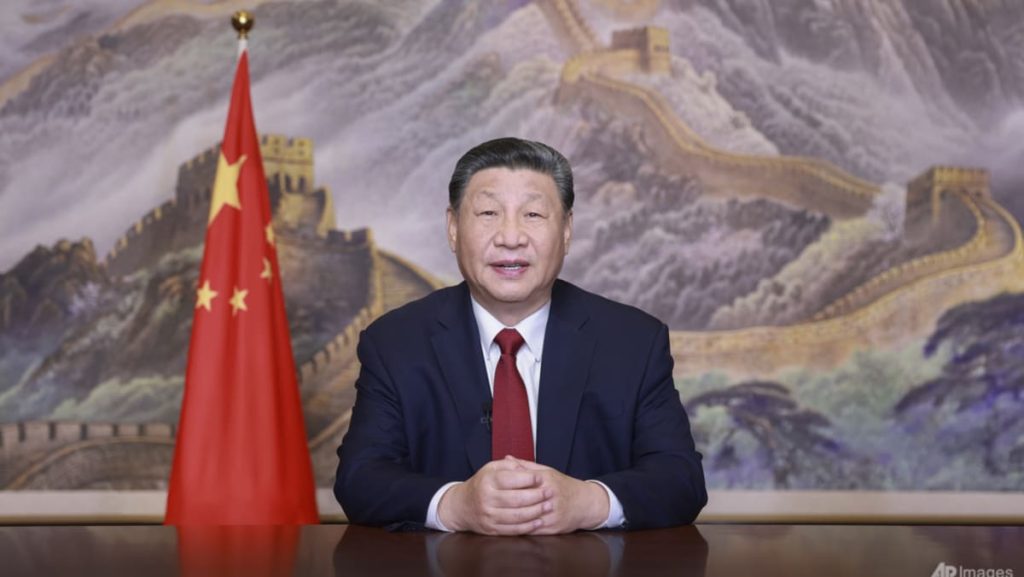China’s Economic Landscape: A Year of Challenges and Proactive Measures
The year 2023 presented significant economic hurdles for China, marked by a confluence of factors that dampened growth and necessitated aggressive intervention. The real estate sector, a cornerstone of the Chinese economy, experienced a substantial downturn, burdened by excessive debt and declining demand. This crisis rippled through the broader economy, impacting consumer confidence and spending, contributing to an overall slowdown. Simultaneously, local governments grappled with mounting debt burdens, further constraining economic activity. To counteract these downward pressures, the Chinese government implemented a series of measures designed to stimulate growth and stabilize the economy. These included reductions in interest rates, designed to encourage borrowing and investment, and the removal of restrictions on home purchases, aiming to revitalize the struggling property market. Efforts were also made to alleviate the debt pressures on local governments, providing them with greater financial flexibility to support economic activity.
The Call for More Proactive Macroeconomic Policies: Addressing Systemic Challenges
Recognizing the persistent challenges facing the economy, President Xi Jinping emphasized the need for more proactive and effective macroeconomic policies in the coming year. Addressing the National Committee of the Chinese People’s Political Consultative Conference, he stressed the importance of deepening reforms, expanding high-level opening up, and better coordinating development and security. This call for proactive measures signals a recognition that the previously implemented interventions may not be sufficient to fully restore economic health and that more direct fiscal stimulus, particularly targeted at boosting domestic consumption, might be necessary. The emphasis on deepening reforms and opening up suggests a broader strategy that goes beyond short-term stimulus and aims to address underlying structural issues within the Chinese economy.
Acknowledging Uncertainties and the Path to Transformation:
While expressing confidence in China’s economic resilience, President Xi also acknowledged the uncertainties and challenges ahead. The external environment presents significant unpredictability, while the transition from old to new drivers of growth presents its own set of complexities. The speech highlighted the need to navigate these challenges through dedicated effort and strategic planning. This acknowledgment of potential roadblocks reflects a realistic assessment of the current economic landscape and the need for a nuanced approach to policymaking. The emphasis on transforming growth drivers suggests a longer-term vision for the Chinese economy, one that moves beyond reliance on traditional sectors and embraces new sources of growth.
Targeting Growth and Navigating External Projections:
The Chinese government has set a growth target of around 5 percent for the year, a figure that officials believe is achievable. However, many economists predict that China may fall slightly short of this target, reflecting the ongoing challenges and uncertainties facing the economy. International organizations, such as the International Monetary Fund (IMF), have also offered their projections, forecasting growth of 4.8 percent for 2023 and a further moderation to 4.5 percent in the following year. These external assessments highlight the complexities of the global economic landscape and the potential headwinds facing China’s growth trajectory.
The Need for Fiscal Stimulus and Structural Reforms:
Economists have increasingly called for more direct fiscal stimulus measures, focusing on bolstering domestic consumption as a key driver of economic recovery. While the government’s initial interventions addressed some of the immediate pressures, they may not be sufficient to generate the sustained growth needed to achieve the targeted growth rate. Stimulating consumption requires addressing underlying factors that are impacting consumer confidence, such as concerns about the property market and broader economic uncertainties. Alongside fiscal stimulus, structural reforms are crucial to address the long-term challenges facing the Chinese economy. These reforms could include measures to further open up the economy, promote innovation, and address issues of income inequality.
Balancing Growth, Security, and Reform:
President Xi’s emphasis on coordinating development and security underscores the complex interplay between economic growth, national security, and political stability. This integrated approach recognizes that economic progress is intertwined with other national priorities and requires a balanced and strategic approach. The call for deeper reforms highlights the ongoing need to adapt and evolve the Chinese economic model to meet the challenges of a changing global landscape. Balancing these competing priorities will be a key challenge for policymakers in the coming years. This underscores the government’s understanding that economic strength is a cornerstone of national security and that maintaining stability is crucial for fostering a conducive environment for economic development. The emphasis on reform signifies an ongoing commitment to adapt and evolve the Chinese economic model to meet the challenges of a rapidly changing global landscape.

